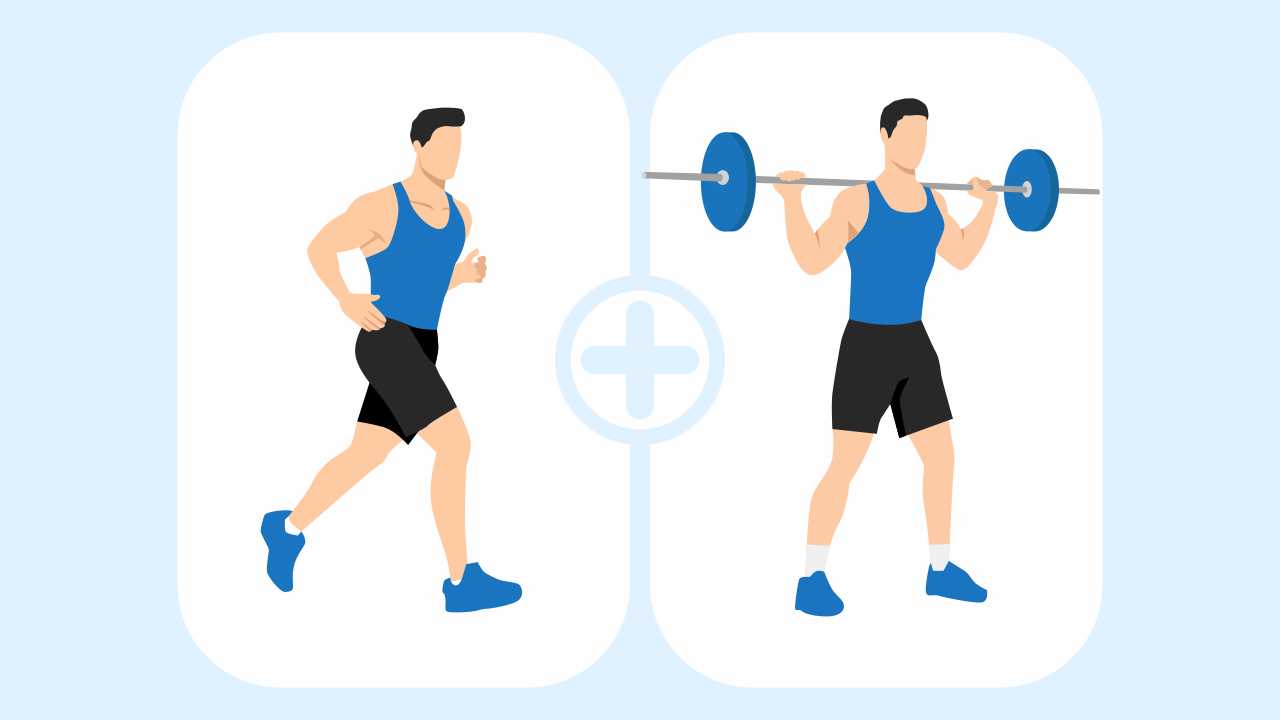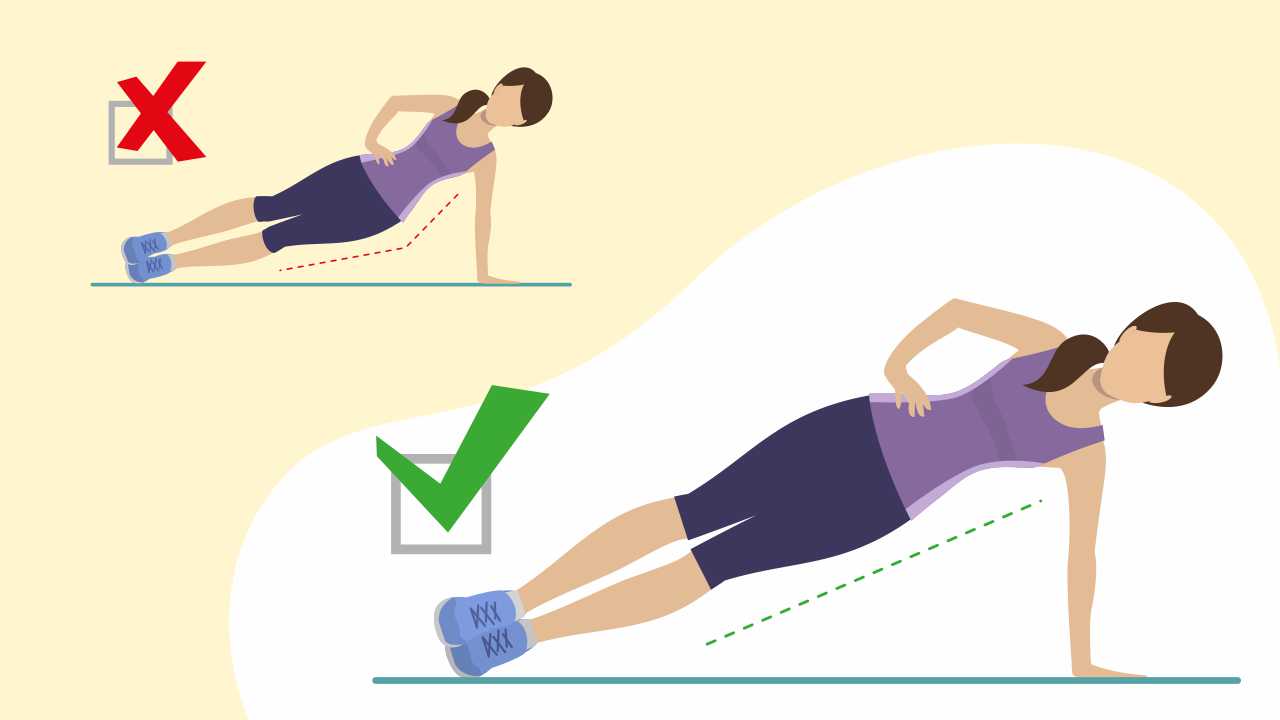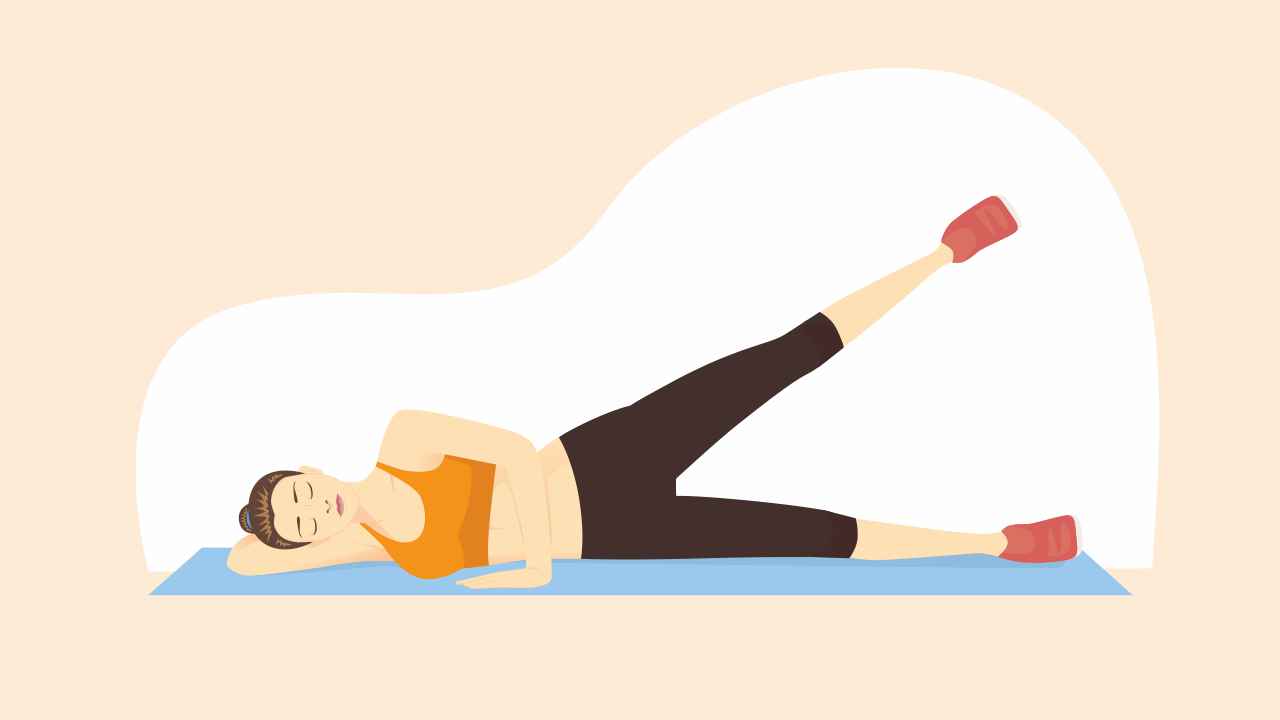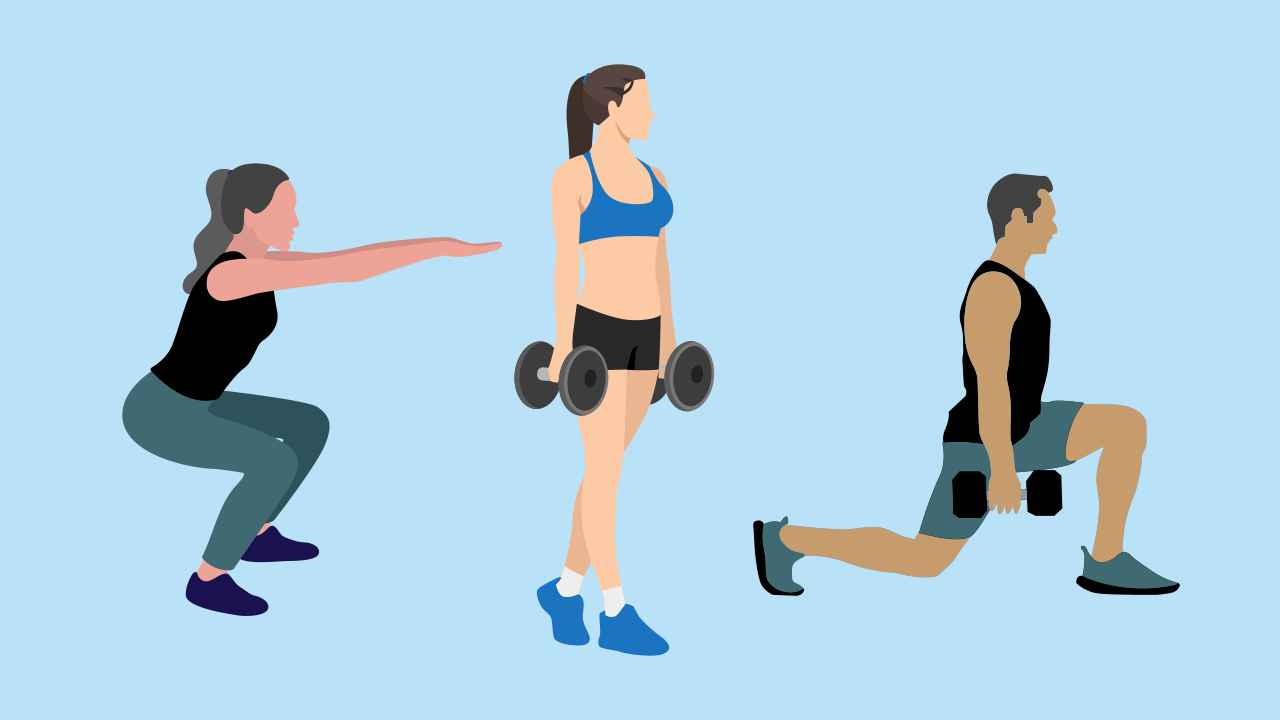
Resistance Bands: How Are They Beneficial for Strength Training
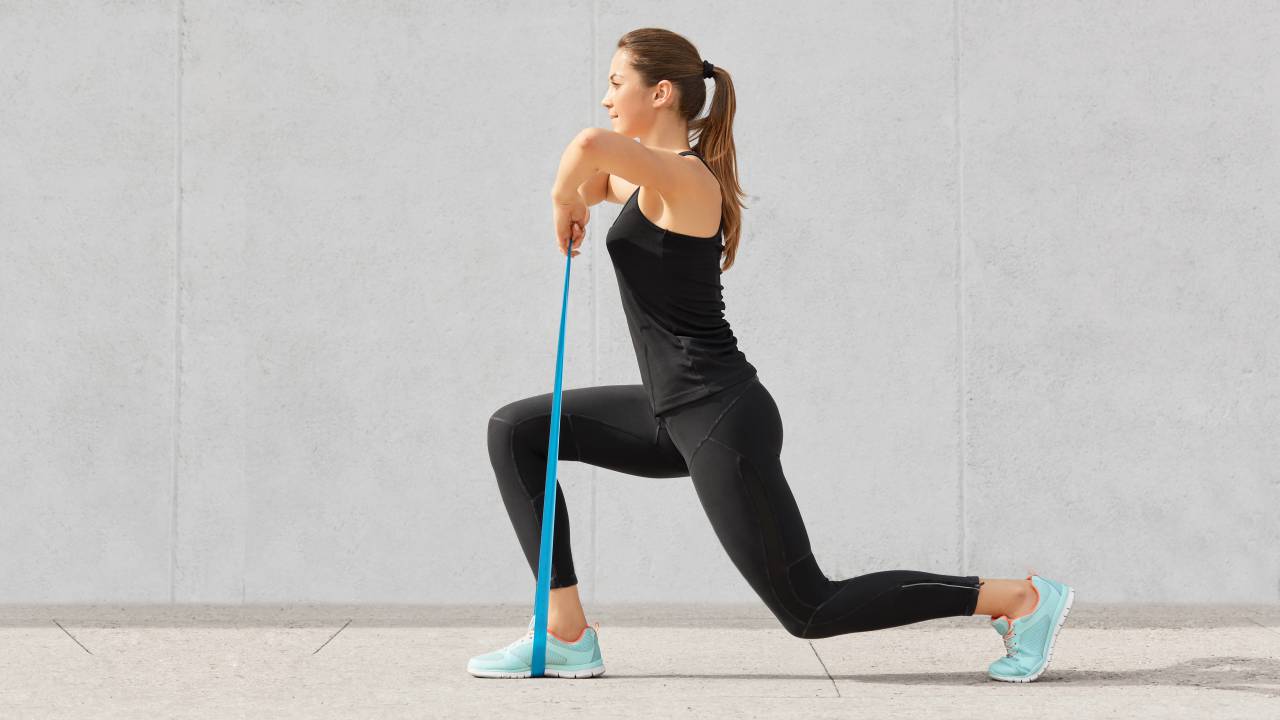
Resistance bands, also known as workout bands, are elastic bands that are used in strength training and physical therapy. They provide resistance to stretch and strengthen your muscles, and come with varying difficulty levels — level 1 being the easiest to stretch and level 6 being the most difficult. Although few use them at home or gyms to work out, resistance bands can actually be your best workout buddy.
They can be used to perform the following physical activities:
- Build muscle strength, muscle stretching, and muscle toning
- Improve joint mobility and flexibility
- Rehabilitation for hip, knee, and shoulder injuries
- Weight lifting to make it more challenging
- Pull-ups by supporting your weight
Benefits of resistance bands
Improve the workout quality
Resistance bands stretch, create increased tension, and cause the muscles to contract. The more you stretch, the more intense the resistance gets. The force involved in resistance band training is less, which means that there is a lower chance of injury even though the stimulus to the muscles remains the same. It leads to improved quality of workout, better and faster toning, and strengthening of your muscles. Additionally, they add a variation to the workout, giving a muscle a different stimulus to adapt and grow.
Increase muscle stimulus
Resistance bands apply variable resistance through a full range of motion exercise. While you lift weights, the resistance remains constant but with the resistance band, as you stretch the resistance increases. While weights allow movement only on the vertical plane, resistance bands allow movement in 360°, making the muscle strong and flexible at all the planes.
Stabilization of core
Resistance bands add constant tension to the body. You need to have an active core to maintain your form and balance, which the band helps you achieve.
Add assistance
Resistance bands help you progress with difficult exercises. For example, if you are a beginner at pull-ups, you need to simply attach the resistance band to the bar under your knee or foot. This will help you support your weight, making the exercise doable unassisted.
Increases exercise options
Resistance bands enable you to perform exercises in both vertical and horizontal planes. For example, a chest press can be done in a standing position instead of having to use a bench. They also help in training in sideward movements such as swinging a baseball.
Help in stretching
Resistance bands can be used in pre- and post-workout stretching. They can assist in extending your stretch beyond your reach and even provide pressure.
Rehabilitation
Resistance bands are very extensively used in physiotherapy because they do not apply pressure like weights. Hence, they provide stimulus to the muscles and joints but do not exert force on them. They are used in the rehabilitation of sports injuries such as dislocated shoulder, strains and sprains, tennis elbow, runner’s knee, etc. Rehabilitation using resistance bands in cardiac conditions, such as myocardial infarction and coronary diseases, is also gaining popularity.
Gym at home
Resistance bands can be used to perform any form of exercises such as band squat, bicep curl, and resistance band lunge at home.
Also read: Home Exercise Equipment: A Guide for Beginners
As you see, the benefits of resistance bands are many. They are portable, light, and can be folded to be carried anywhere. They also happen to be affordable and safe to use, and can help optimize your workout regimen. Go on, buy yourself one, and start getting fitter.
References
1. Kwak C-J, Kim YL, Lee SM. Effects of elastic-band resistance exercise on balance, mobility and gait function, flexibility and fall efficacy in elderly people. J Phys Ther Sci 2016; 28: 3189–96.
2. 9 Reasons to Use Resistance Bands for Working Out. Prosource Fit. https://www.prosourcefit.com/blogs/news/9-reasons-to-use-resistance-bands-for-working-out (accessed Apr 9, 2021).
3. Resistance bands. Decathlon. https://www.decathlon.in/cross-training-accessories/resistance-bands-13103 (accessed Apr 9, 2021).
4. 8 Benefits of Resistance Bands and Two Workouts. 8fit. https://8fit.com/fitness/resistance-band-benefits-and-workouts/ (accessed Apr 9, 2021).
5. Top 10 Resistance Band Benefits. Mira Fit. https://mirafit.co.uk/blog/top-10-resistance-band-benefits/ (accessed Apr 9, 2021).
6. Benefits of Resistance Bands for Strength Training. Verywell Fit. https://www.verywellfit.com/resistance-bands-strength-training-3498170 (accessed Apr 9, 2021).
7. Falk M. The Benefits of Resistance Bands Will Make You Reconsider Whether You Even Need Weights. Shape. https://www.shape.com/fitness/gear/equipment/benefits-of-resistance-bands (accessed Apr 9, 2021).
8. Adams J, Cline M, Reed M, et al. Importance of resistance training for patients after a cardiac event. Proc (Bayl Univ Med Cent) 2006; 19: 246–8.





